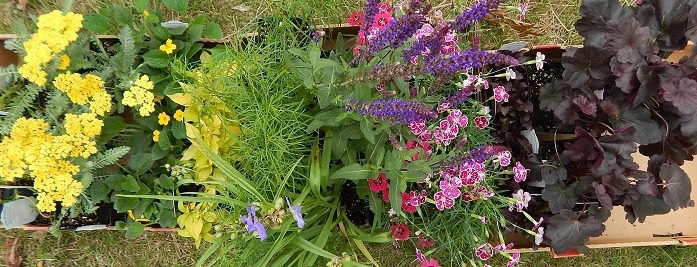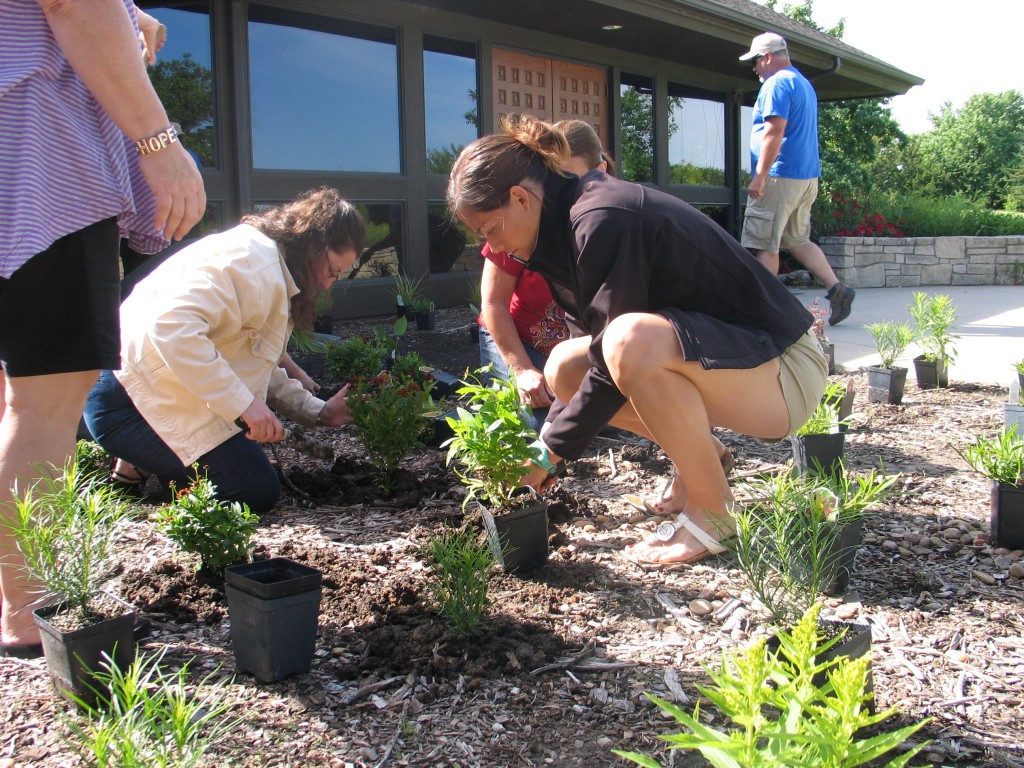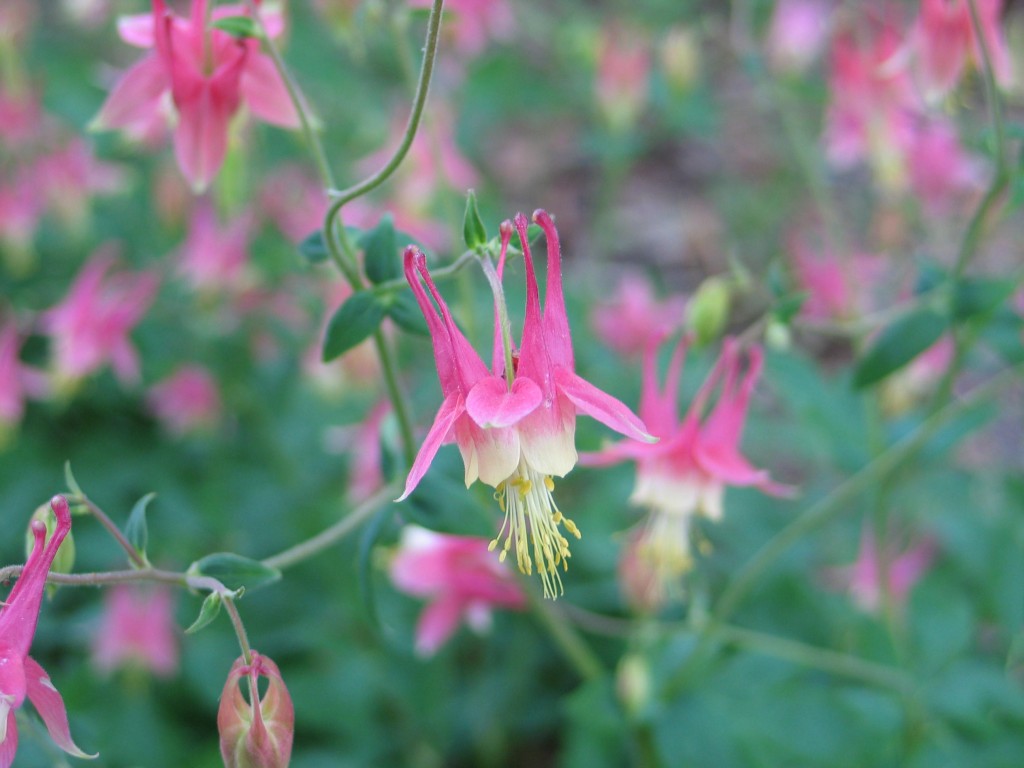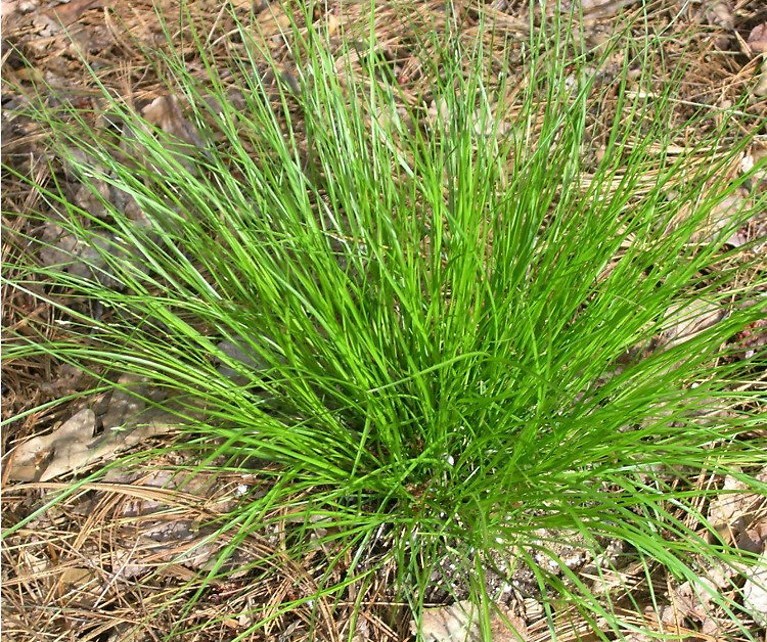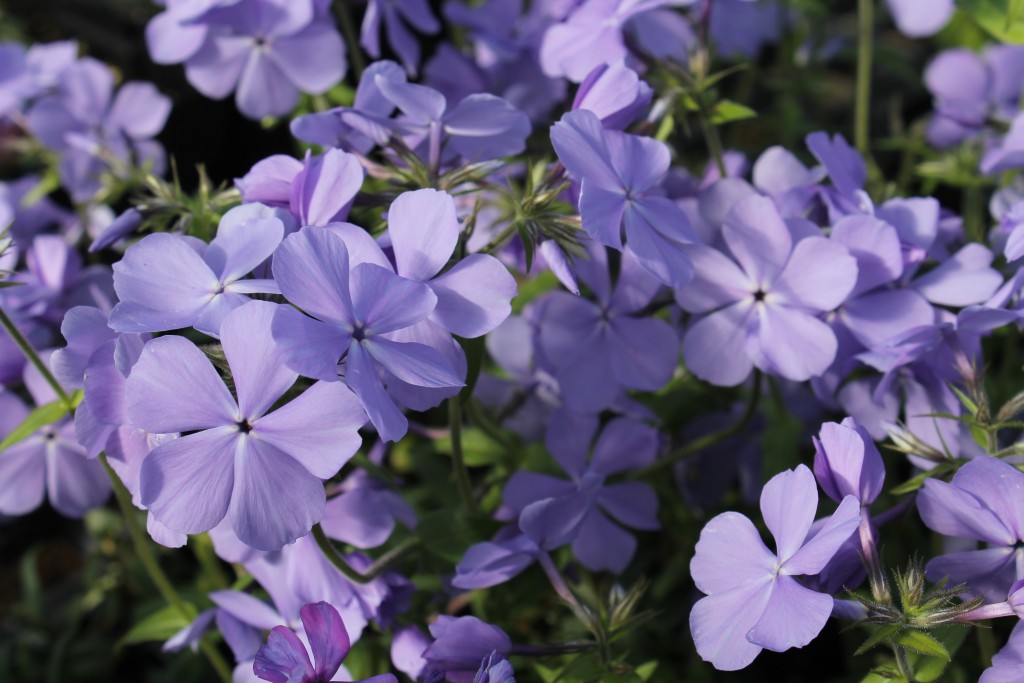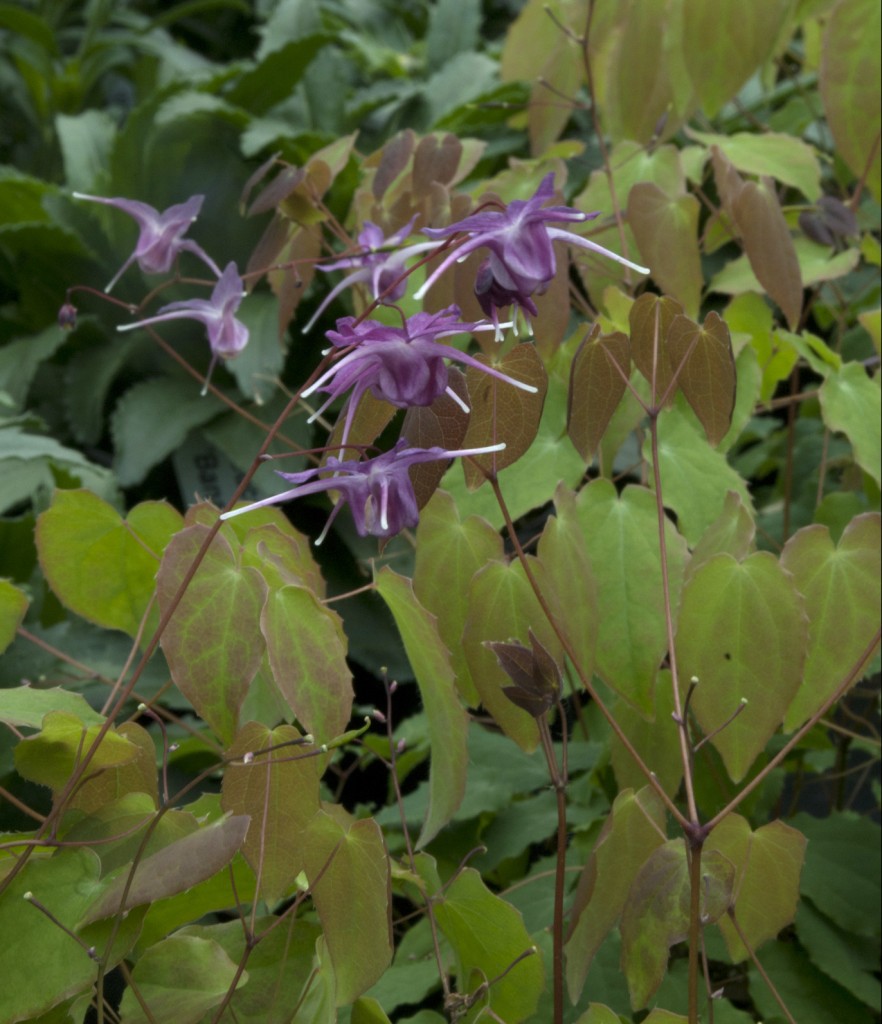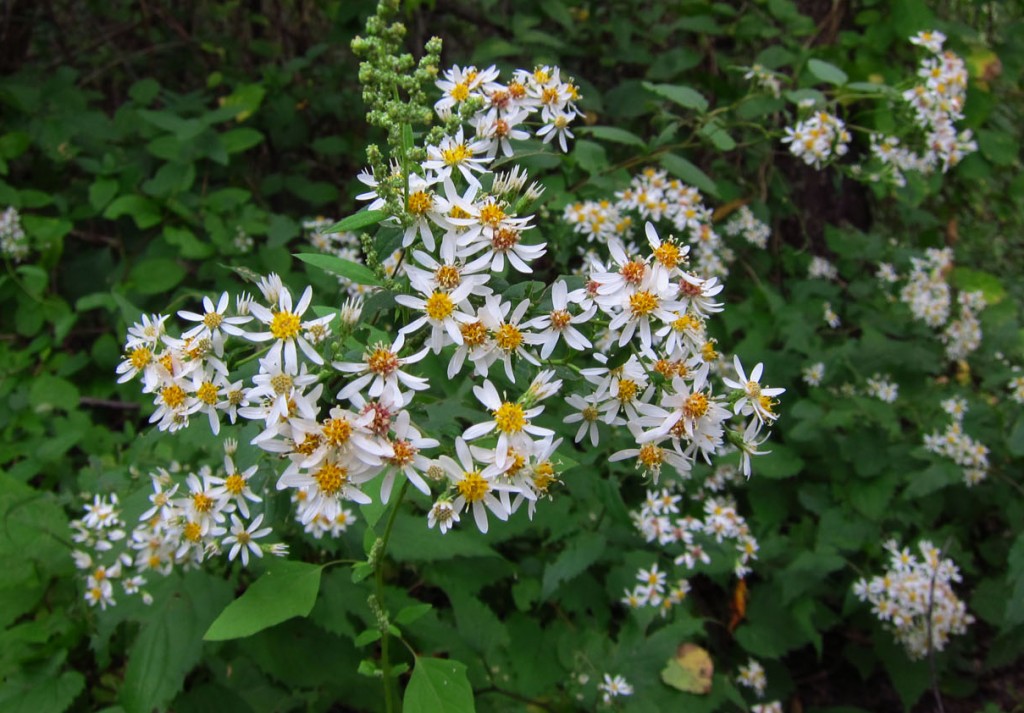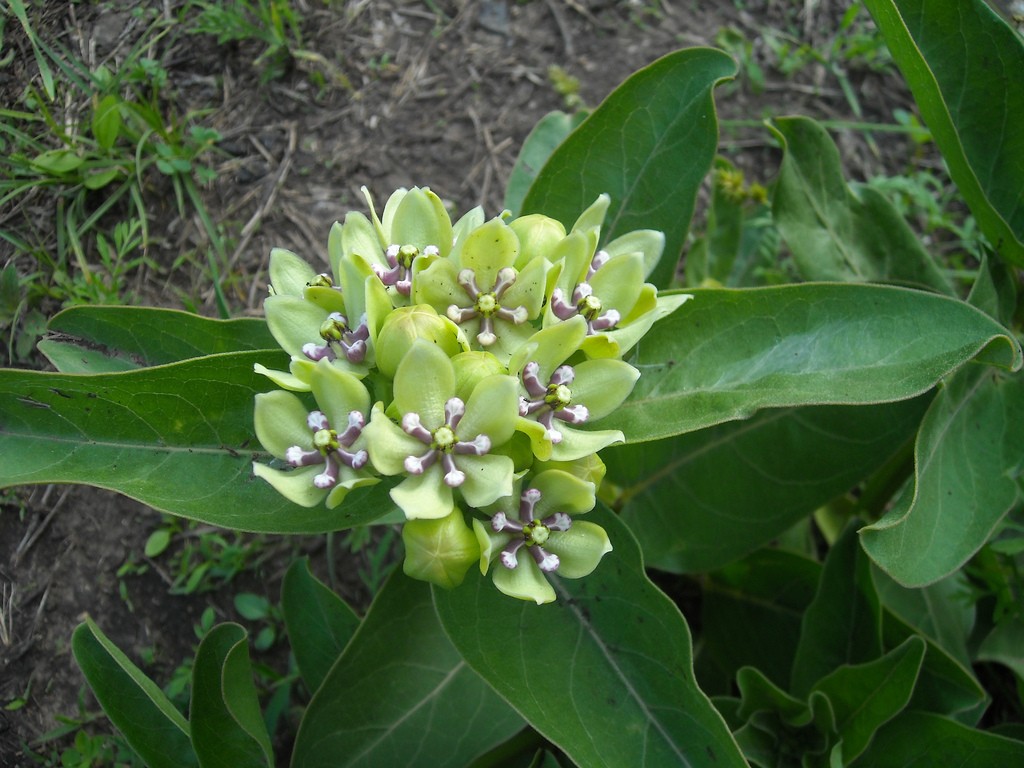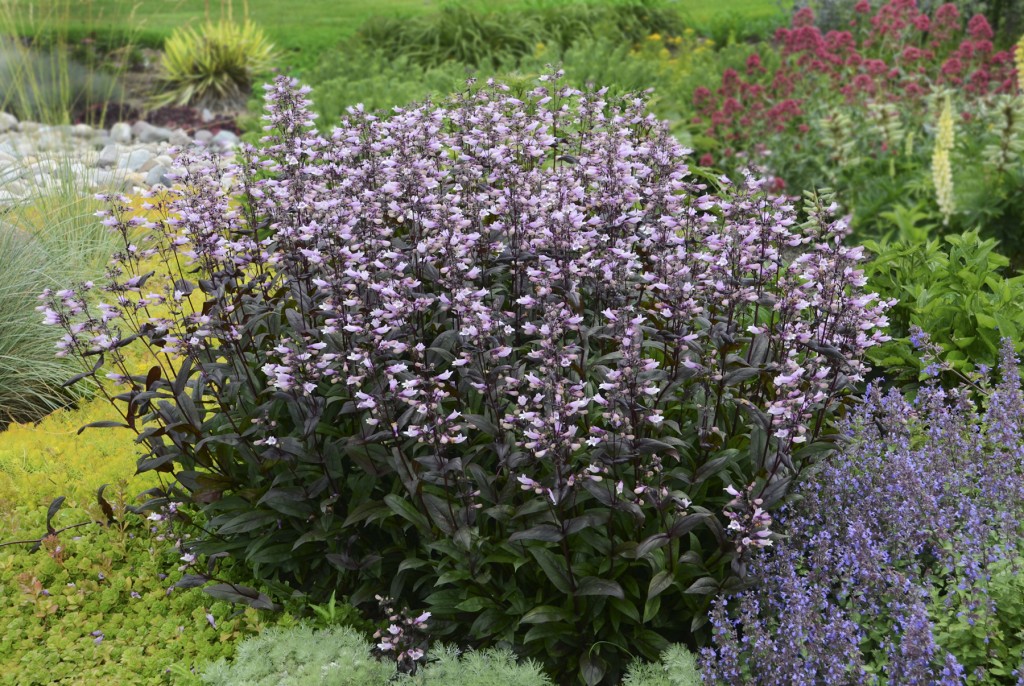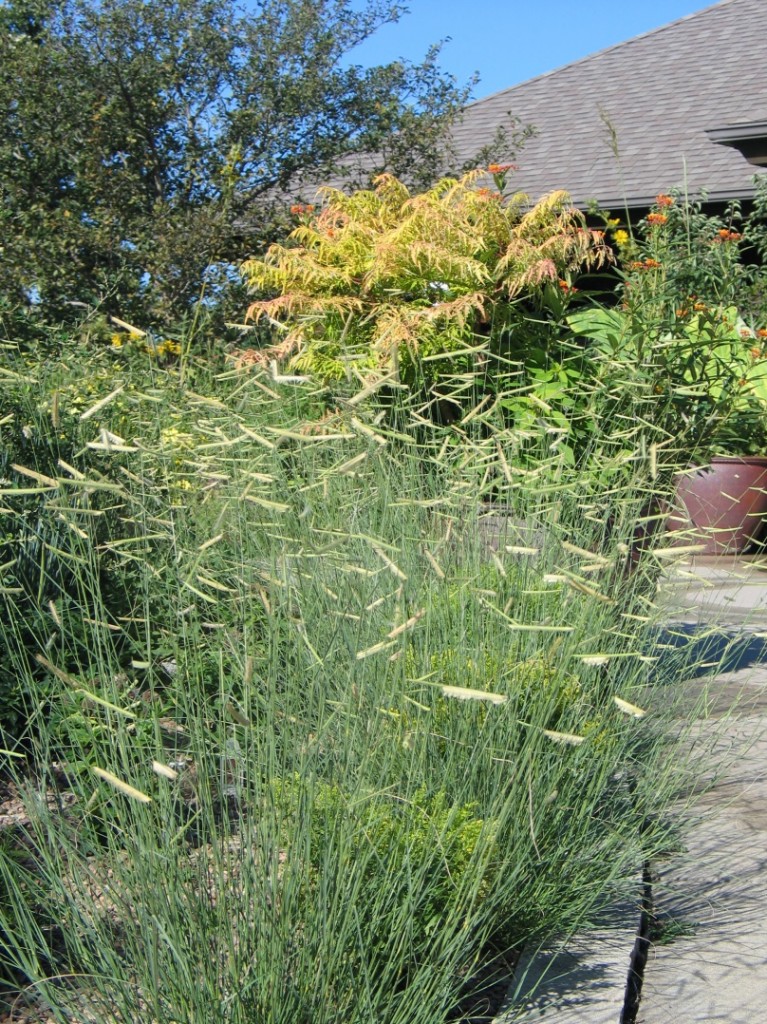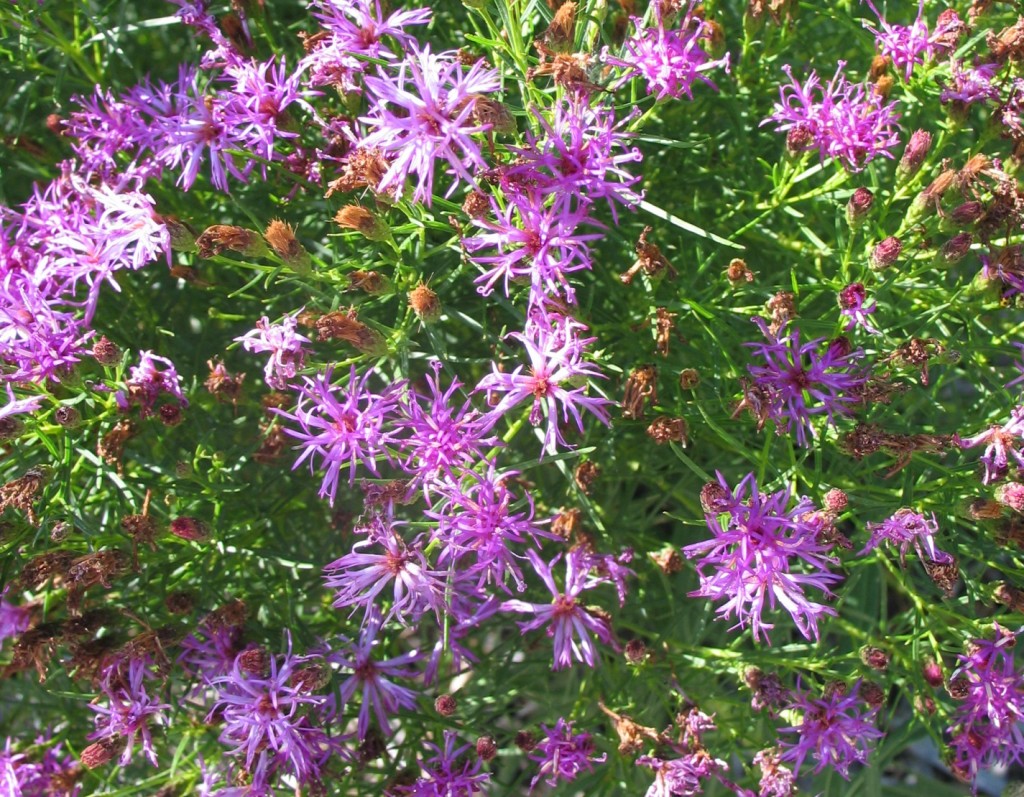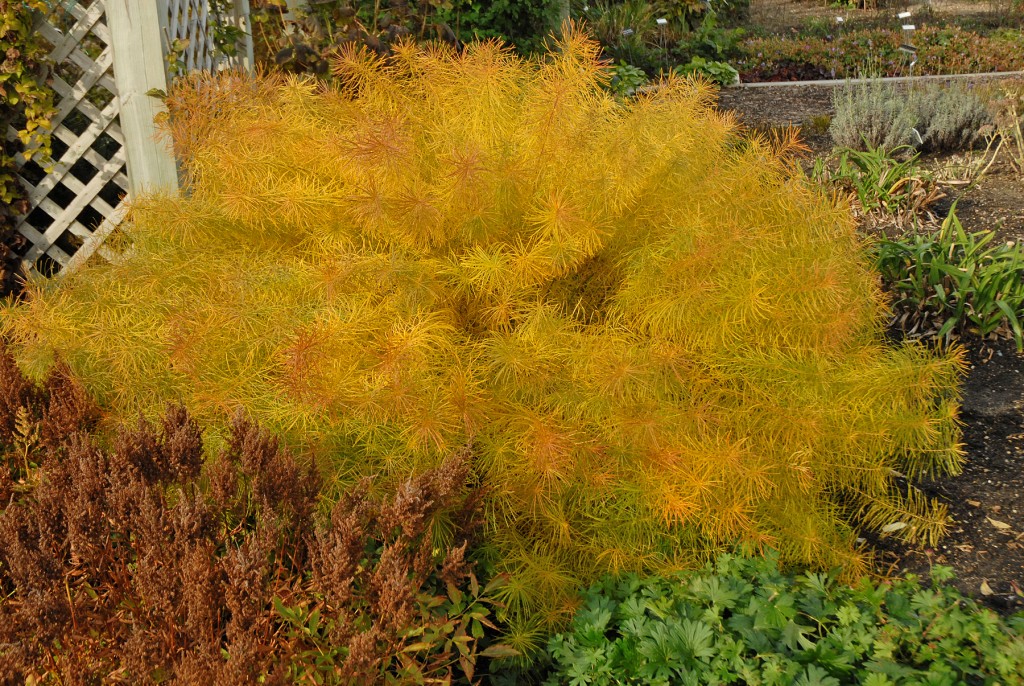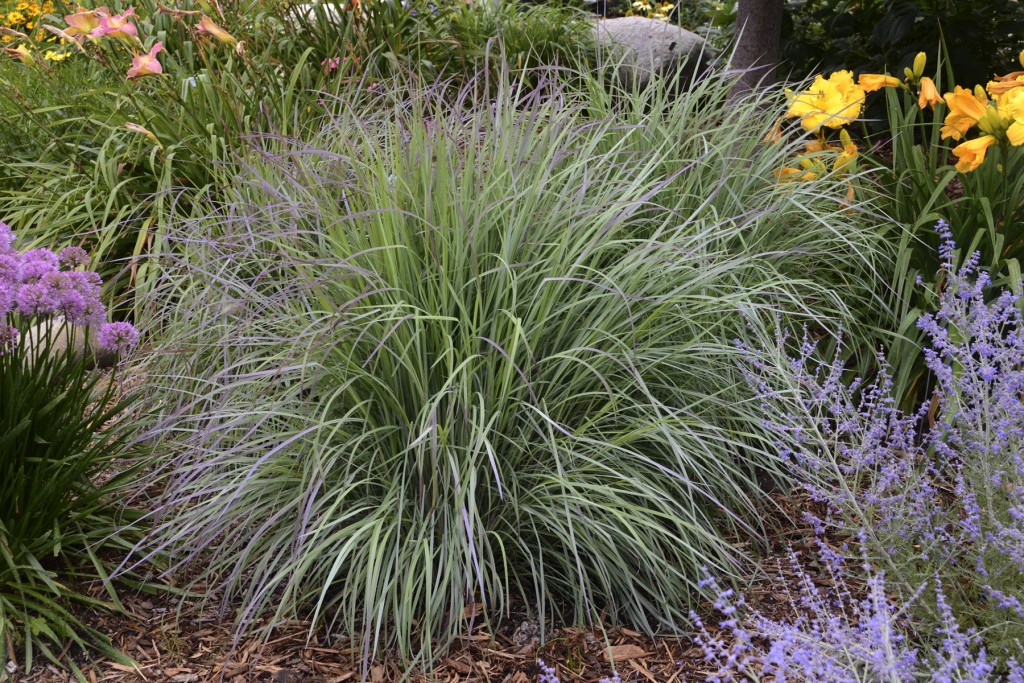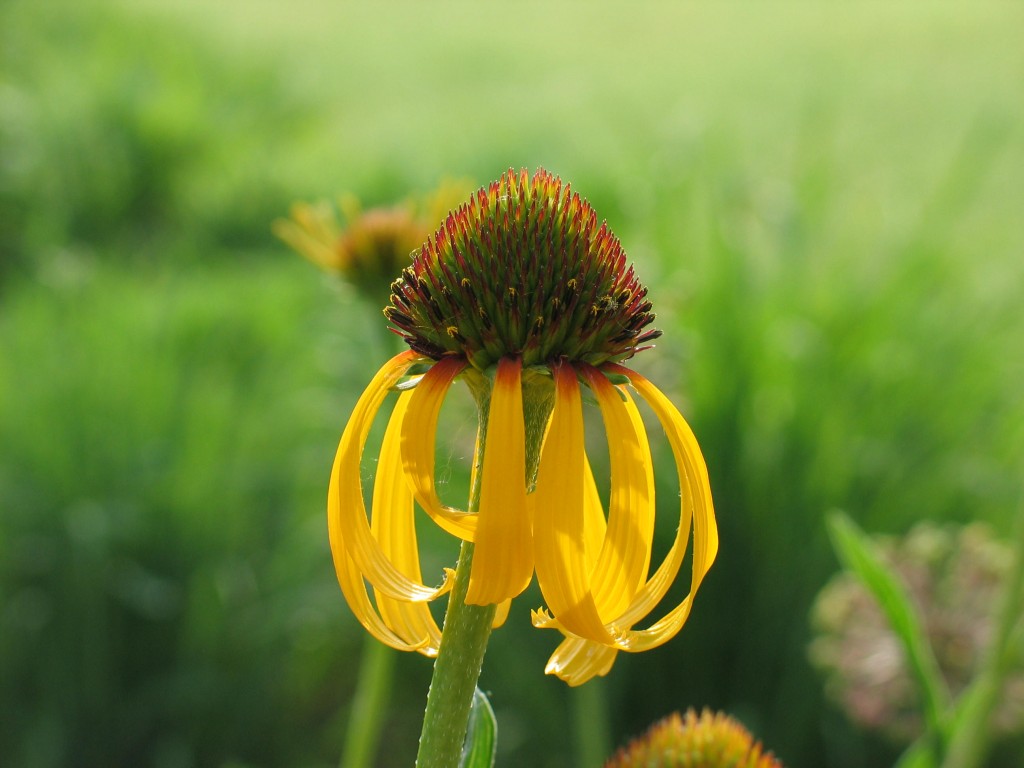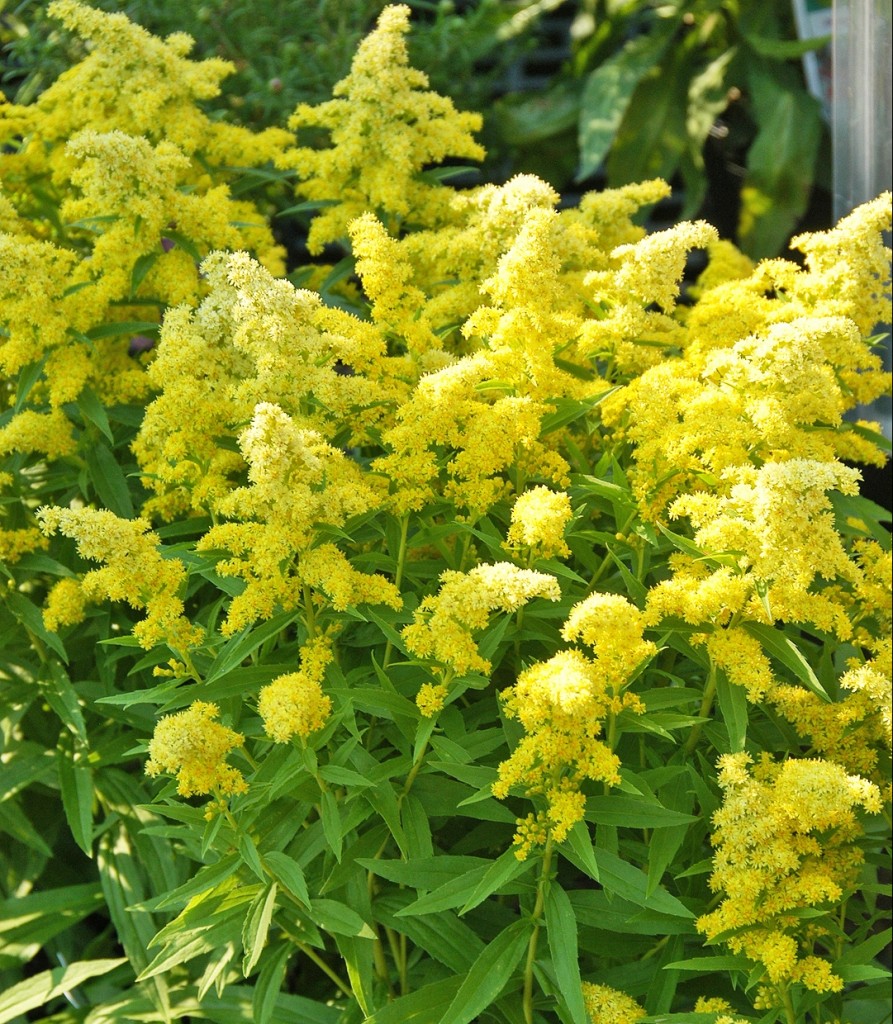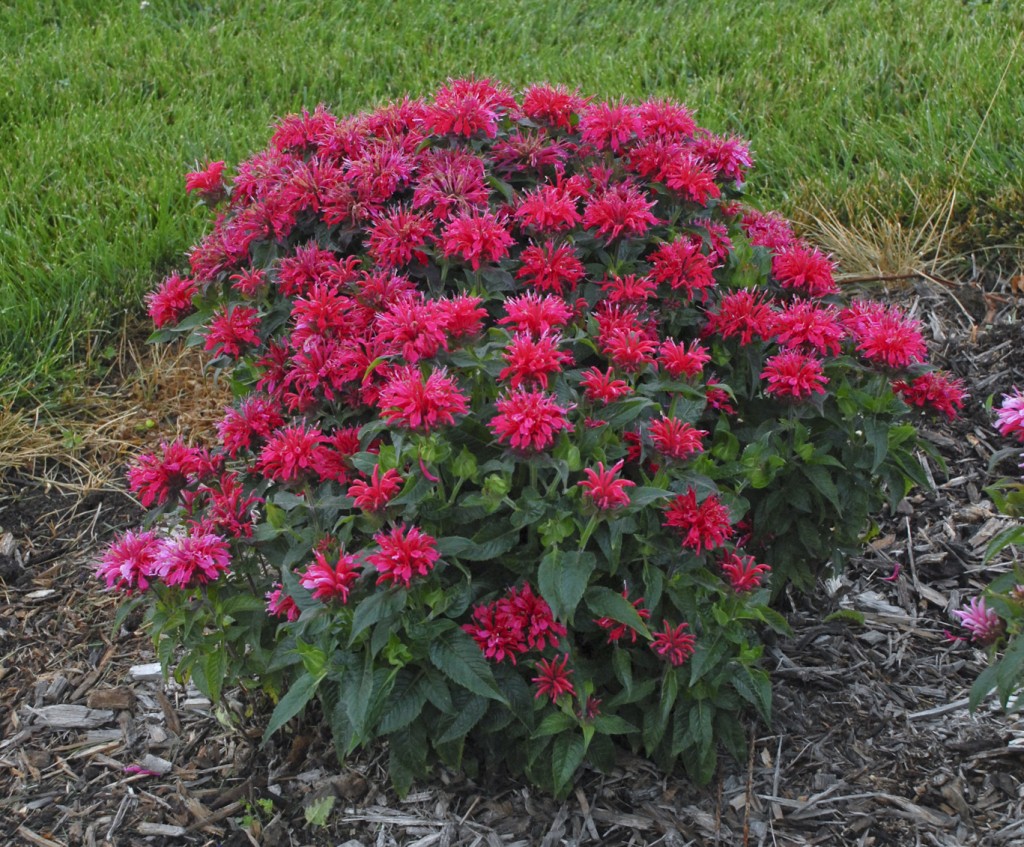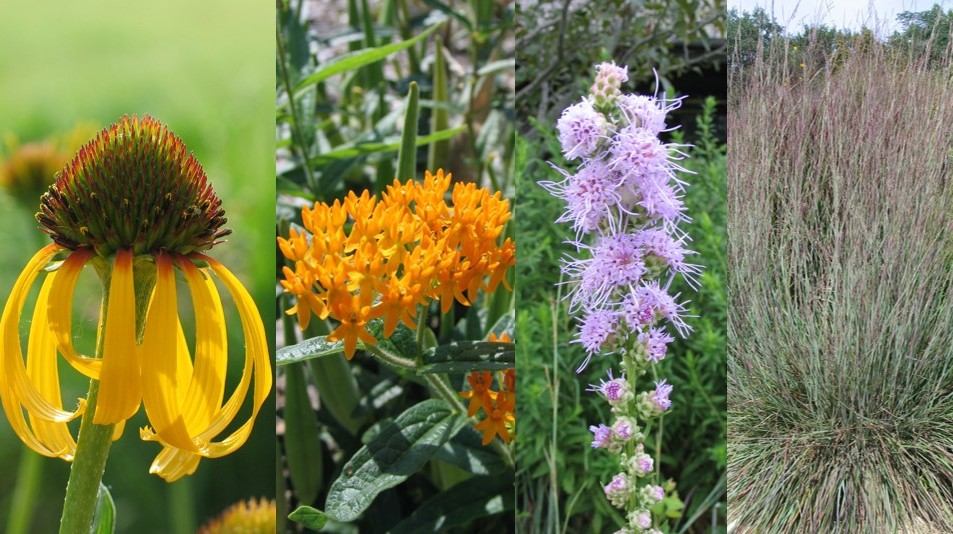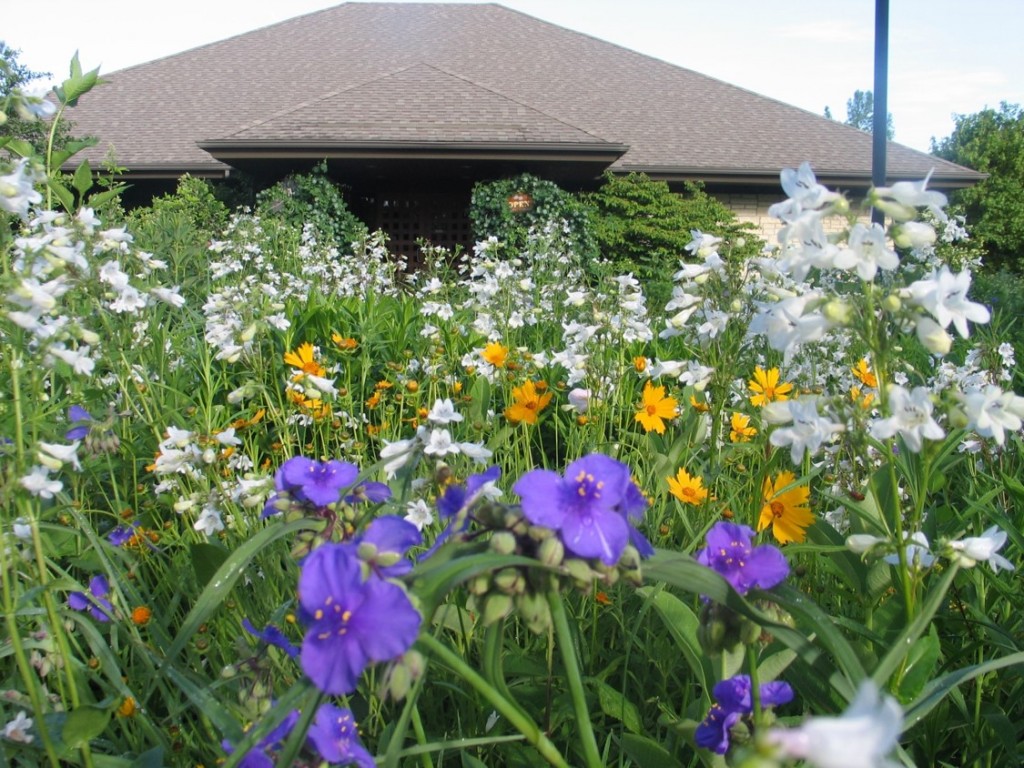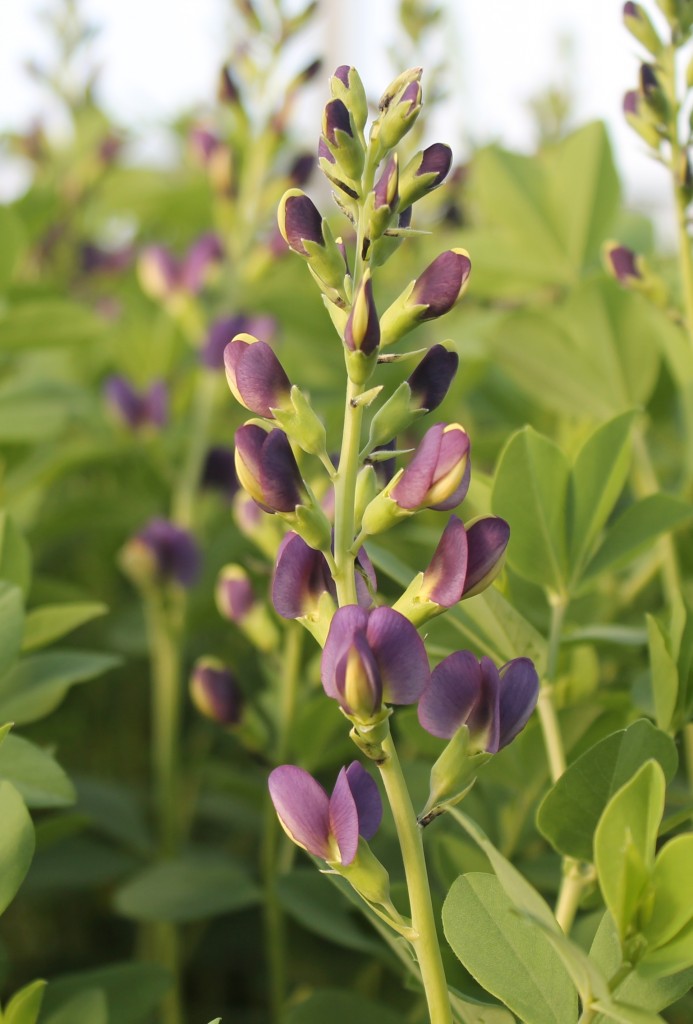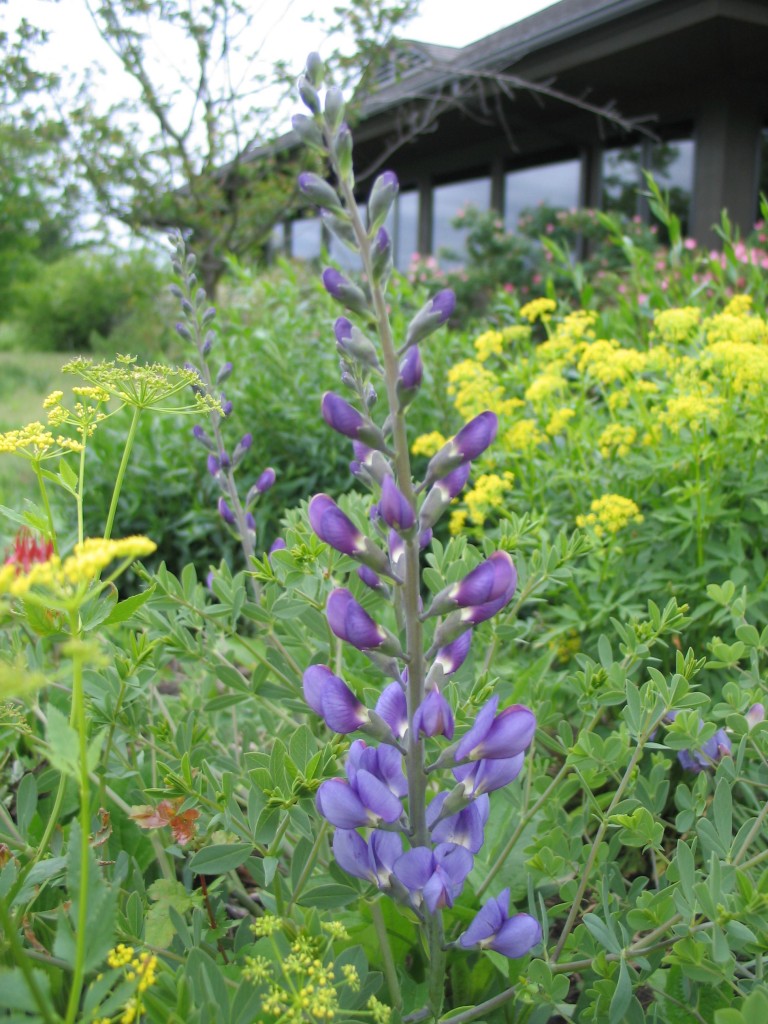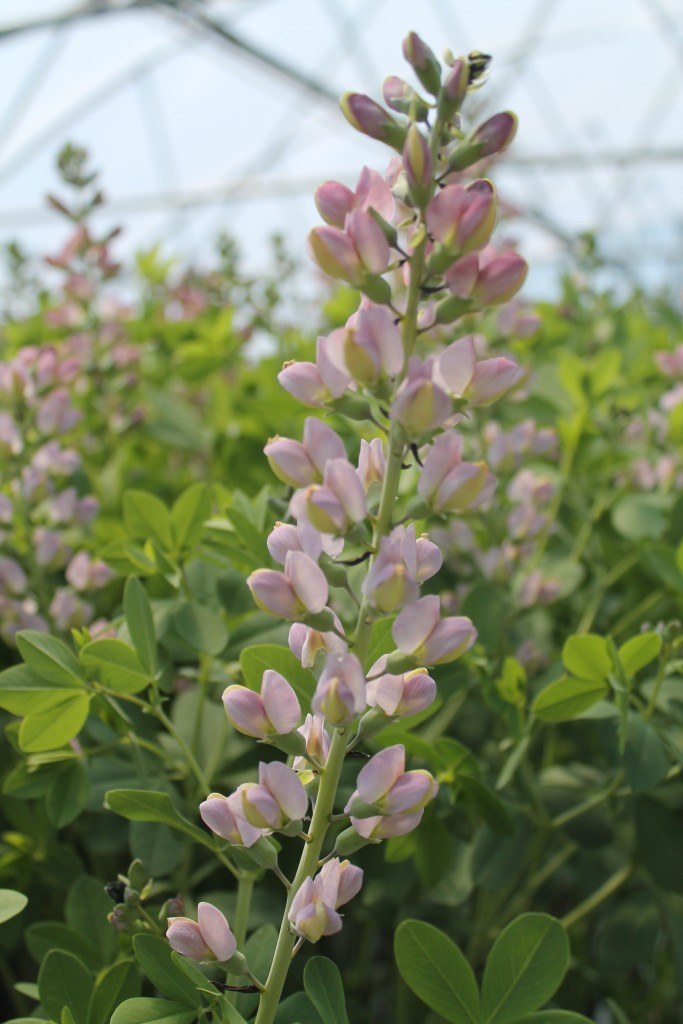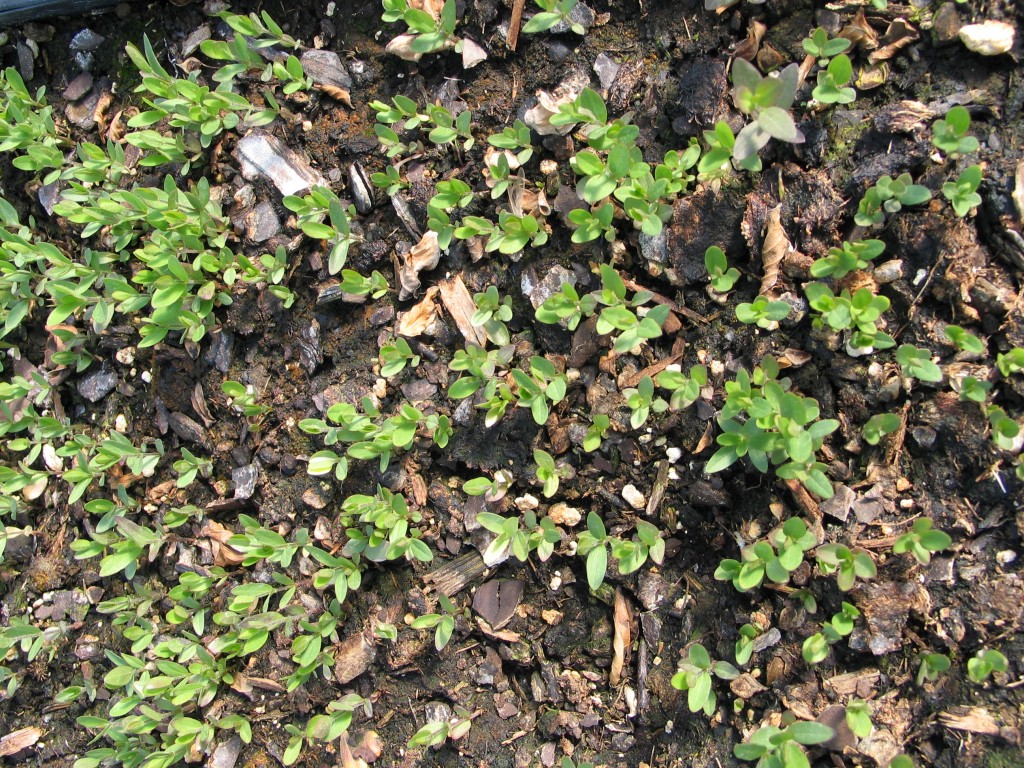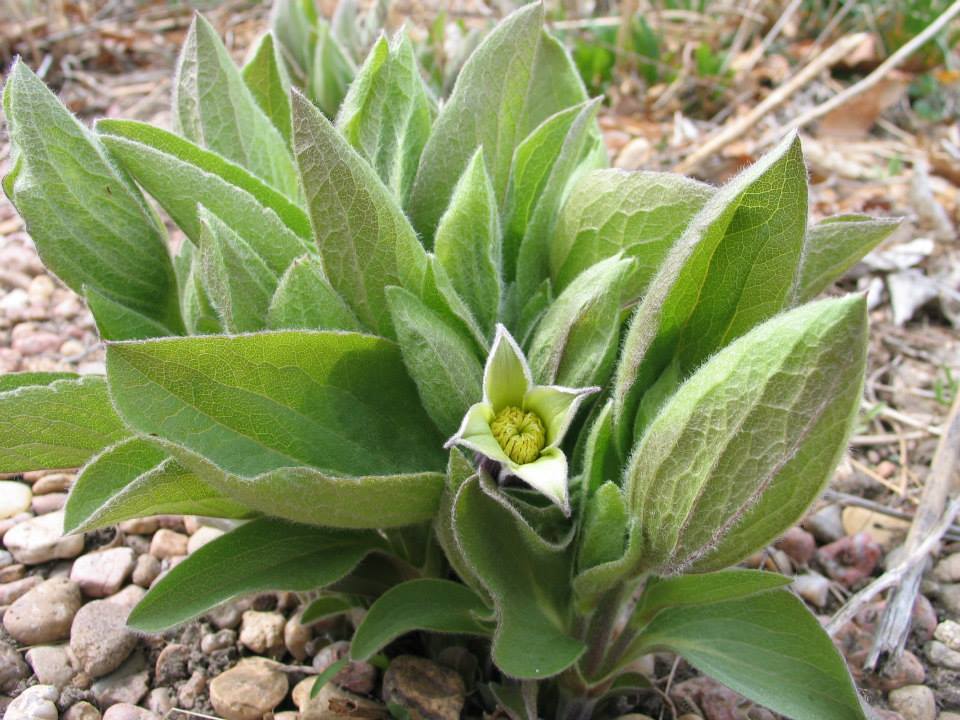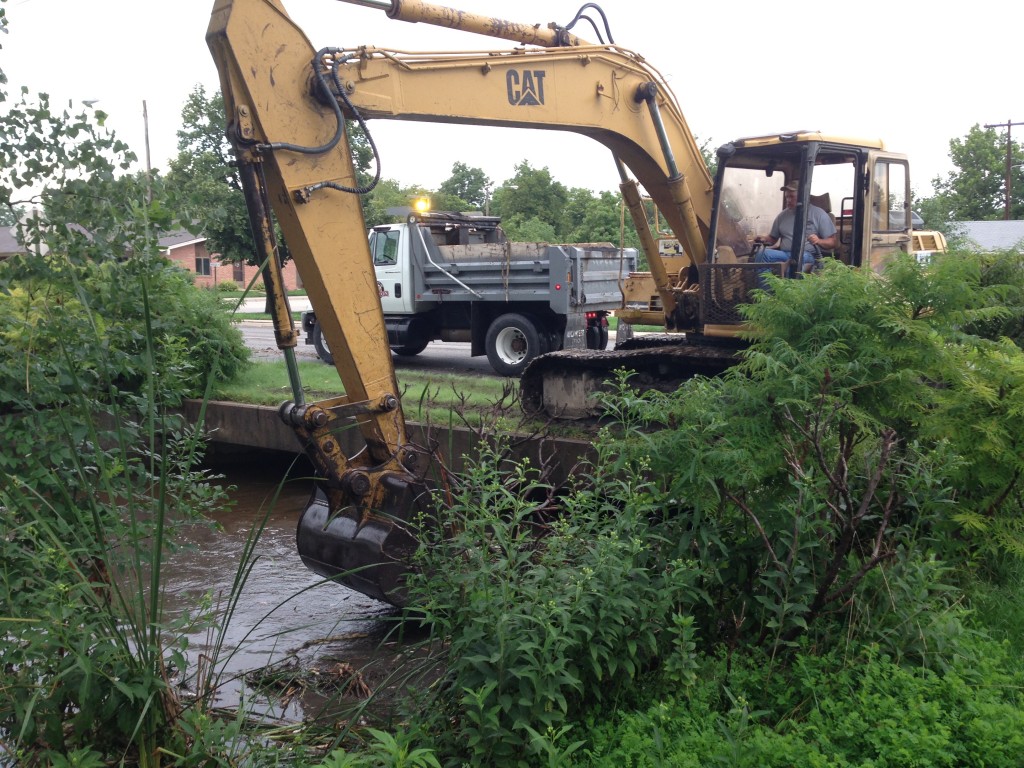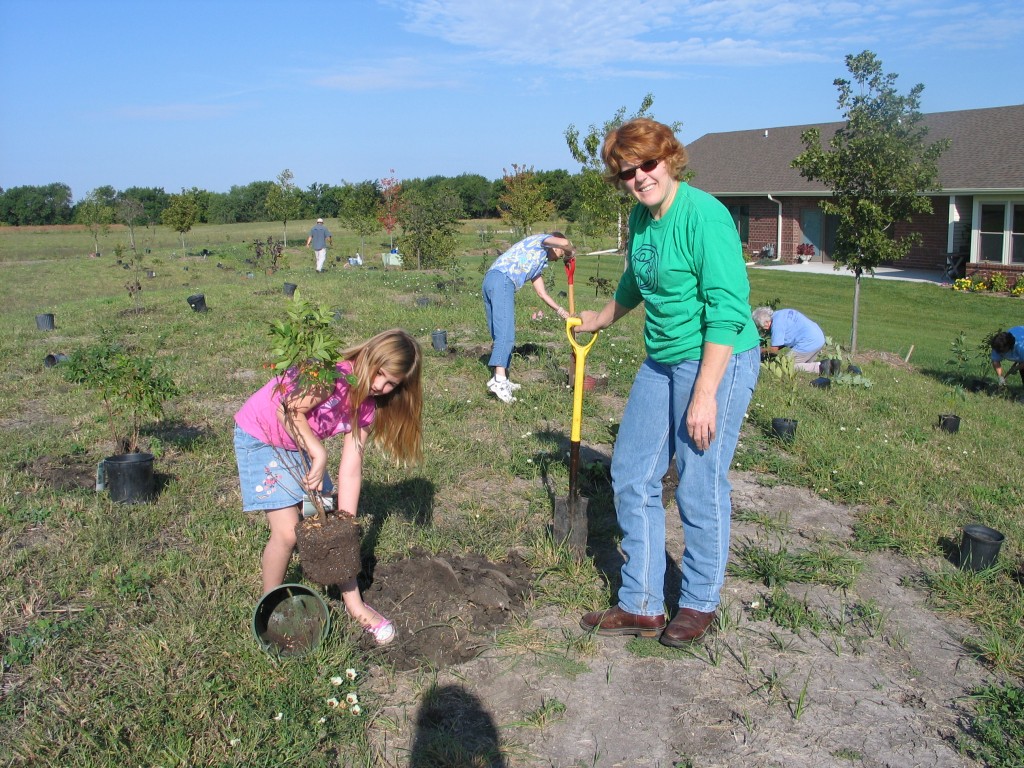Penstemons are beautiful spring blooming wildflowers that provide incredible color and attractive forms.
I have been convinced through trial and error that some plants are more garden worthy than others. If matched with the proper sunlight and soil, penstemons fit that category. Whether planted in the spring or fall, all of the penstemons will bloom the next year. Right now our penstemons are putting on a show. They have spectacular tubular flowers of white, pink, red or lavender, depending on the species and varieties. Here are some of my favorites for three different garden types.
For a more formal prairie garden…
Shell-leaf Penstemon (Penstemon grandiflorus) – Found in prairies throughout the Great Plains, it has thick burgundy stems, waxy blue-green leaves and large lavender flowers. Plant in full sun in any soil that stays medium to dry throughout the year. Grows up to 3’ tall.
‘War Axe’ is an exceptional strain of Shell-leaf Penstemon. Seeds collected from plants with maroon, red, purple, and pink blooms are mixed together and planted. The resulting plants will have one of these colors and each plant is different. What a surprise in the spring! Same form and cultural requirements as the species.
Smooth Penstemon (Penstemon digitalis) – I love this penstemon as a perennial border. The white flowers in spring have just a blush of pink and develop interesting seed heads. It adds outstanding form and texture to any landscape throughout the year. Penstemon ‘Dark Towers’ is a beautiful selection of smooth penstemon with attractive reddish-purple foliage and soft pink tubular blooms.
Tube Penstemon (Penstemon tubaeflorus) -The snow-white flowers shine in the spring garden. The morning dew covers the tubular blooms in the morning. Each stem reaches for the sky, ultimately growing three feet tall. Pollinators flock to the flowers, especially large bees that dangle from flowers as they try to crawl inside to reach the nectar at the back. It is amazing to watch the different pollinators work these flowers.
Native companion plants for the formal prairie garden: Spiderwort (Tradescantia sp.), Evening Primrose (Oenothera macrocarpa), and Butterfly Milkweed (Asclepias tuberosa)
For a pond or stream edge…
Smooth Penstemon is an excellent choice. It is very adaptable to wetter environments. It has thrived next to our pond edge for years with no ill effects from flooding or too much moisture.
‘Husker Red’ is a selection of Smooth Penstemon with wonderful deep red foliage. The white flowers are similar to the species with a blush of pink. It thrives wherever you plant it.
Native companion plants for the pond edge: Gray-headed coneflower (Ratibida pinnata), Kansas Gayfeather (Liatris pycnostachya), Meadow Blazing Star (Liatris ligulistylis), or Rattlesnake Master (Eryngium yuccafolium)
For a rock garden…
Cobaea Penstemon (Penstemon cobaea) – Found regularly within the Flint Hills region on road cuts and exposed bluffs and hills, it has large white flowers with lavender lines inside the throat. Plant in full sun in a medium to dry soil. Grows to 24” tall.
Rocky Mountain Penstemon (Penstemon strictus) – This penstemon is not native to our region, but is quite adaptable. The foliage is clean and evergreen with the rosy-lavender blooms held on one side of the upright stems. It grows to 24” in full sun and a lean, medium to dry soil.
Native Companion plants for rock gardens: Evening Primrose (Oenothera macrocarpa), Shortstem spiderwort (Tradescantia tharpii), Purple Poppy Mallow (Callirhoe involucrata), Narrow-leaf Coneflower (Echinacea angustifolia)
Establish these penstemons like any other perennial with daily watering for the first few weeks after planting and check them periodically through the year. You will be rewarded by these resilient wildflowers. They have spectacular flowers that you must experience. Wow is all I can say.

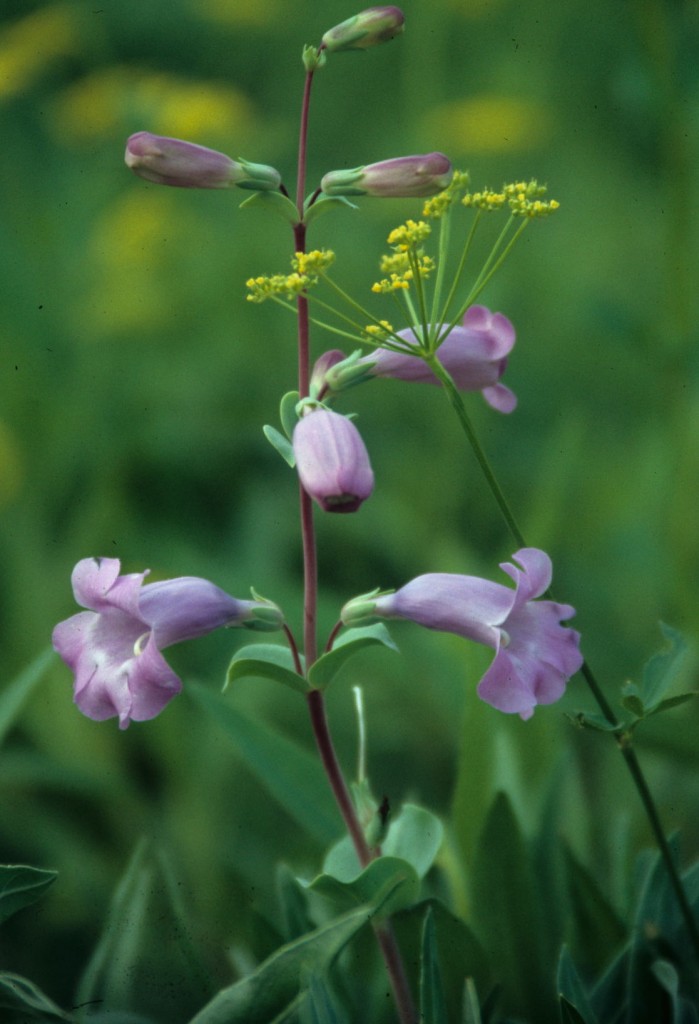

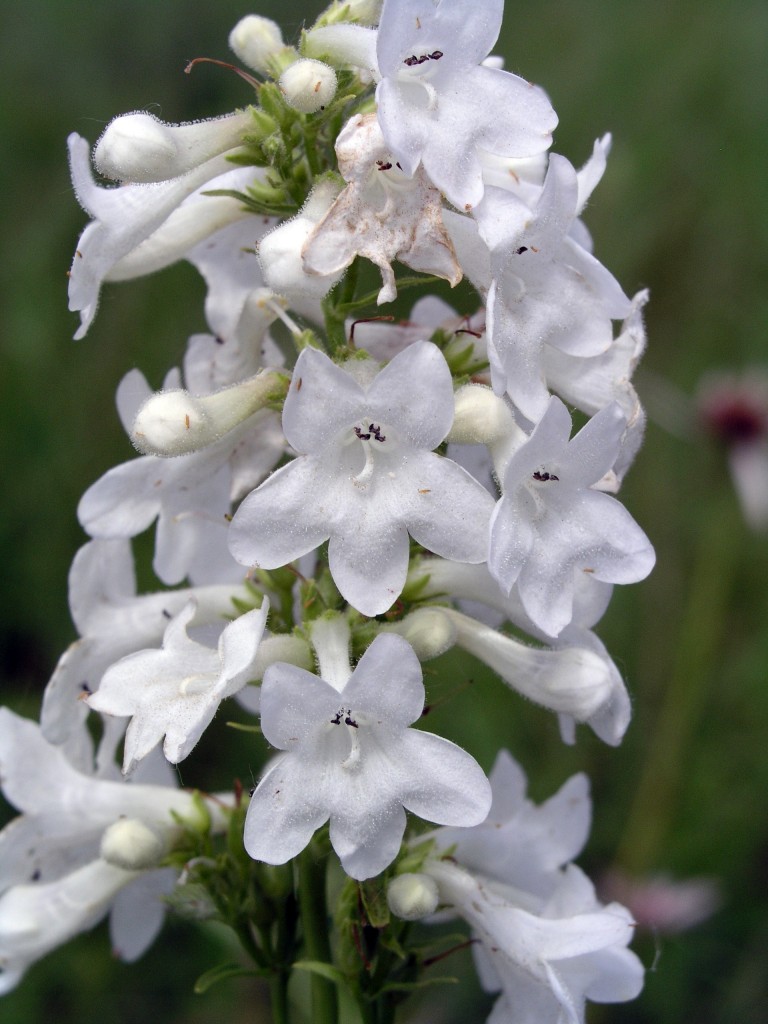
![IMG_2183[1]](https://dyckarboretum.org/wp-content/uploads/2015/05/IMG_21831-e1431533667908-768x1024.jpg)
